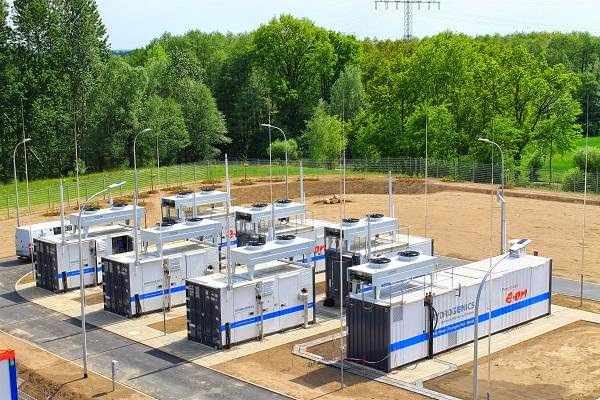Germany, which now depend intensely on wind and sunlight based power as of late, is dispatching more than 20 exhibition ventures that include putting away vitality by part water into hydrogen gas and oxygen. The undertakings could help create whether electrolysis, as the innovation is known, could address one of the greatest approaching difficulties for renewable vitality its irregularity.
The electrolyzer ventures under development in Germany regularly comprise of a couple of structures, every the span of a delivery holder, that devour overabundance renewable vitality on sunny and blustery days by transforming it into an electric ebb and flow that powers the water-part response.
The ensuing hydrogen can then be pumped into the stockpiling and circulation foundation effectively utilized for characteristic gas and in the end transformed go into power by means of burning or energy units. It can likewise be utilized for a mixture of different purposes, for example, driving regular gas vehicles, warming homes, and making manure.

Germany isn’t the main nation putting resources into hydrogen vitality stockpiling. Canada is getting in on the activity, as well, with a significant exhibition office anticipated Ontario.
Electrolysis has focal points over some other vitality stockpiling alternatives. It might be sent practically anyplace, it can store incomprehensible measures of vitality, and the hydrogen could be utilized to supplant fossil powers in power generation as well as in industry and transportation, which represent much more carbon outflows.
Indeed thus, it has long been viewed as a generally lousy approach to store vitality on account of its low productivity around 65 percent of the vitality in the first power is lost. At the same time enhancements to the innovation are decreasing expenses, and the huge scale utilization of renewable vitality is making new requirements for capacity, making electrolysis a commonsense choice in a developing number of spots.
Not long ago, Siemens got things started in Mainz, Germany, on what it says will be the world’s biggest proton trade film (PEM) electrolyzer. While different electrolyzers are intended to work with relentless force levels, the PEM framework performs well even with rapidly changing measures of force from wind and sunlight based.
When it opens one year from now, it will have the ability to deliver 650,000 kilograms of hydrogen a year, what might as well be called 650,000 gallons of gas. (As a show plant, be that as it may, it likely won’t run consistently.)
Hydrogenics, which has supplied electrolyzers for large portions of the greatest ventures in Germany, is outlining a 40-megawatt framework that will create what might as well be called 4.3 million gallons of fuel a year. The organization as of late created a PEM electrolyzer that is short of what a tenth the measure of its traditional basic ones. The little size, notwithstanding making it simple to site the electrolyzers, can help lower costs.
Expenses are likewise diminishing on the grounds that overabundance wind and sun oriented force makes an excess of force on the lattice. Since force needs to be utilized when its produced to keep the network stable, costs are frequently dropped to zero so purchasers might be found. Modest power makes electrolysis significantly more focused.
Electrolysis stays more lavish than creating hydrogen from common gas—at any rate in the United States, where regular gas is shabby. Yet it can rival stockpiling alternatives, for example, batteries, says Kevin Harrison, a senior designer at the National Renewable Energy Laboratory in Golden, Colorado. It’s likewise more flexible than the least expensive approach to store vitality: pumping water up a slope and afterward letting it back up to drive a turbine.
That approach is seriously restricted by geology yet, he says, “you can put an electrolyzer practically anyplace.

